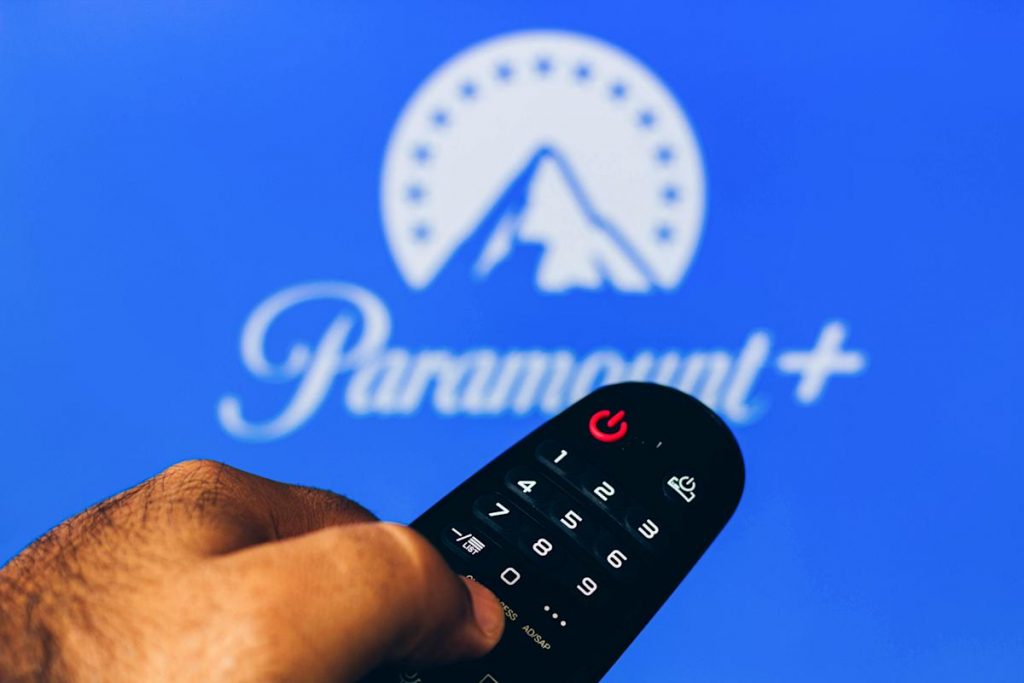Survey: US households average 3 SVoD subscriptions
May 25, 2022

The proliferation of new streaming services is disrupting the traditional pay-TV market, as US streaming subscriptions have increased at 37.4 per cent per year from 2014 to 2020, according to Altman Solon’s 12th annual Consumer Video Survey. The survey found that the number of streaming services subscriptions per household jumped from 2.1 in 2020 to 3 in 2021.
This growth in streaming subscriptions comes as pay-TV subscription rates have dropped nine per cent since 2012. Almost half of the respondents (48 per cent) cited that they subscribe to pay-TV because ‘they are used to it,’ while more than one third (34 per cent) of those surveyed have pay-TV as part of their household broadband package. On the other hand, price and convenience are driving digital pay-TV adoption for 62 per cent and 42 per cent of the respondents respectively.
New this year, the Consumer Video Survey expanded in scope to understand trends in potential consumer adoption of TV and streaming services over time by examining five different hypothetical scenarios of streaming services offering live news and sports programming.
Simulations run through the tool reveal that as increasing amounts of content, once exclusive to live pay-TV, is made available on streaming services, consumers start finding streaming services more attractive than pay-TV. Under the simulations, pay-TV penetration is expected to drop by 15.6 percentage points (from 69.3 per cent to 53.7 per cent).
Other key findings of the simulation include:
- Live sports is a large driver for pay-TV retention, with more than 8 out of 10 monthly sports viewers (83 per cent) subscribing to live pay-TV.
- As more content comes online, consumers will move to streaming services like Peacock and Paramount+, which are owned by major programmers, NBC and CBS respectively.
- Overall, shifting consumer spending towards cheaper streaming services projects – a decrease of over $5.00 in monthly household spending on streaming and pay-TV services.
- Traditional pay-TV is likely to remain popular, despite most live content being made available on streaming services, with pay-TV spend estimated to decrease by $8 monthly (from $38 today to $30 in phase 5).
- Households ‘cutting the cord’ across each phase are estimated to slightly increase their total streaming spending as they adopt new streaming services (from $21 to $25).
“Live sports and news continue to attract viewers’ attention and drive the growth or decline of pay-TV and streaming services,” said Matt Rivet, Partner at Altman Solon. “US viewers are steadily moving away from pay-TV to streaming services, especially as more content becomes available, but consumer confusion among streaming services and a familiar experience with pay-TV are primary drivers to pay-TV retention. MVPDs need to re-define their value proposition to retain subscribers as content availability and value for money will ultimately decide the winners and losers in the race for subscribership.”
